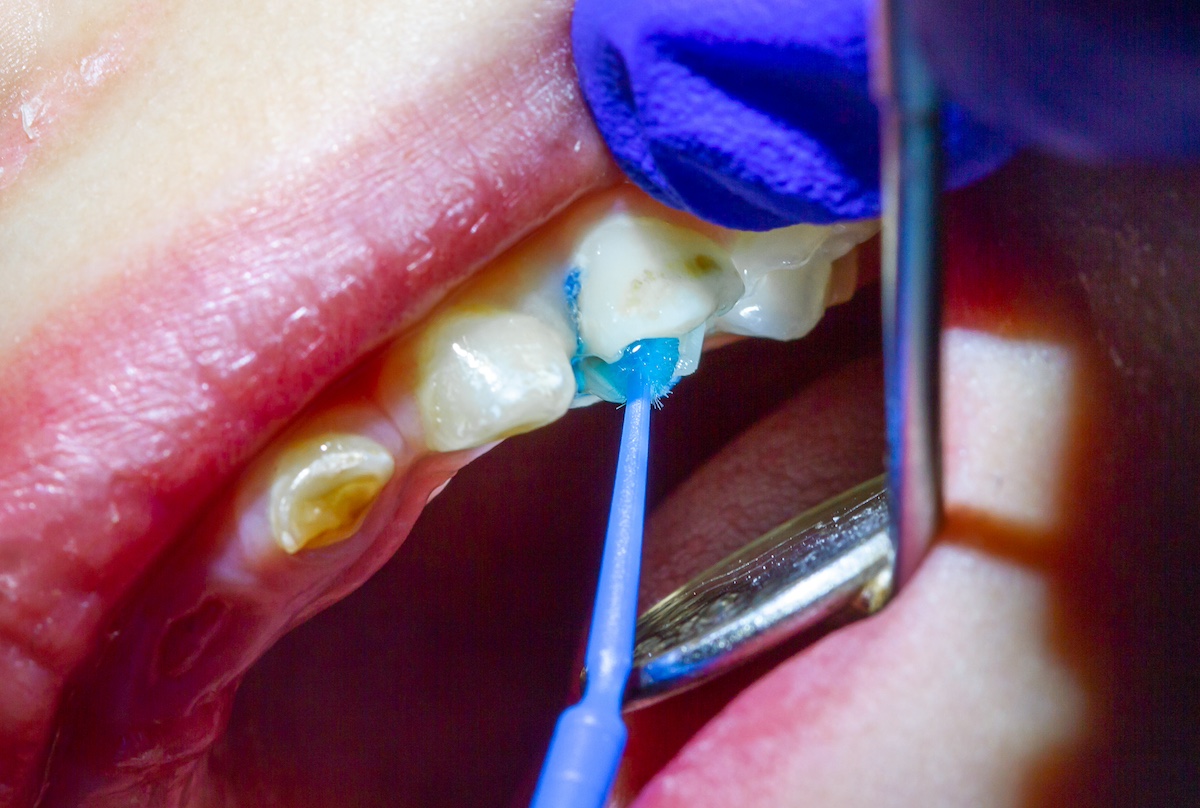Dentists use dental fillings to treat cavities and restore teeth to their normal function. However, over time, these fillings may show signs of wear and tear, and it’s essential to recognize the signs that your dental filling might be going bad. In this article, we’ll explore three key indicators your dental filling may need attention and the necessary steps to address these issues. A well-maintained dental filling not only preserves your oral health but also contributes to your overall well-being.
Sign #1: Increased Sensitivity
Dental sensitivity can be quite bothersome, often indicating an underlying dental issue. When you notice heightened sensitivity in a tooth with a dental filling, it could be a sign that something is amiss. Dental fillings, whether made of amalgam or composite resin, may increase sensitivity when they start deteriorating.
As the filling weakens over time, it may expose a tooth's sensitive inner layers. This exposure can lead to discomfort or pain, especially when consuming hot, cold, sweet, or acidic foods. To distinguish between normal sensitivity and a problematic filling, pay attention to the duration and intensity of the discomfort. If the sensitivity lingers or worsens, it’s crucial to consult Dr. Ghanavati for a comprehensive examination. Addressing dental sensitivity not only enhances your oral comfort but also improves your overall quality of life.
Sign #2: Discoloration and Stains
The appearance of your dental filling can provide valuable insights into its condition. Dental fillings may become discolored over time, and factors like dietary choices and oral hygiene habits impact their appearance.
Stains that develop on dental fillings can vary in color and type. For instance, yellowish stains may result from plaque accumulation, while brown or black stains may suggest decay or a deteriorating filling. Regularly inspect your fillings in the mirror, paying particular attention to any unusual discoloration. If you observe such discoloration, it’s a clear sign that your filling may be deteriorating and requires professional evaluation. Addressing discoloration restores your smile’s aesthetics and ensures your confidence in social interactions.
Sign #3: Rough Edges or Irregularities

Pay attention to your filling’s texture and surface of your dental filling. A well-maintained dental filling that’s still in good condition should have smooth edges that seamlessly blend with the tooth’s surface. However, as dental fillings age, they may develop rough edges or irregularities.
Rough edges can become problematic as they create an ideal environment for plaque and bacteria to accumulate, potentially leading to further dental issues. Additionally, irregularities in the filling’s surface can disrupt your bite, resulting in discomfort and further dental complications. If you run your tongue over a filling and detect any roughness or irregularities, it’s a red flag indicating that your filling might be deteriorating. Addressing these irregularities not only promotes oral comfort but also ensures the proper function of your teeth.
Potential Complications
Neglecting the signs of a deteriorating dental filling can lead to various complications that impact your oral health and overall well-being. Understanding the potential risks associated with untreated filling issues is vital.
Complications from filling problems may include:
- Increased tooth decay
- Sensitivity
- Infections
They can also lead to the need for more extensive dental procedures like root canals or even tooth extractions. Recognizing early signs is crucial in preventing these complications and ensuring a healthier smile. Prioritizing your dental health saves you from physical discomfort and prevents potential financial burdens and disruptions to your daily life.
Diagnosis and Assessment
If you suspect that your dental filling may be deteriorating, seeking professional guidance is of utmost importance. Dentists have the knowledge and tools to diagnose and assess the condition of your fillings. Common diagnostic procedures include X-rays and thorough physical examinations.
Communicating with your dentist is the key to a proper diagnosis. Share your observations and describe any discomfort you’ve experienced. Your dentist will diagnose the issue and recommend treatment options tailored to your unique situation. Regular dental check-ups and open discussions with your dentist ensure proper treatment and foster a strong dentist-patient relationship, making your visits more comfortable.
Treatment Options

When dealing with a deteriorating dental filling, several treatment options are available.
Here are some common treatment options:
- Filling Replacement: Your dentist may suggest removing the deteriorating filling and replacing it with a new one.
- Dental Bonding: For minor issues, dental bonding can be used to repair the filling and restore its integrity.
- Crown Placement: In cases of extensive damage, your dentist may suggest a crown to protect your tooth.
Each of these options has its advantages and drawbacks, and your dentist will guide you in selecting the best treatment based on your specific situation. Choosing the appropriate treatment restores your dental health and saves you time and resources in the long run.
Preventive Measures
Prevention is always preferable to dealing with dental issues. To avoid the inconvenience of deteriorating dental fillings, consider these preventive measures:
- Maintain Good Oral Hygiene: Brush and floss regularly to prevent tooth decay and plaque buildup.
- Watch Your Diet: Limit sugary and acidic foods and beverages that can damage fillings.
- Attend Regular Check-ups: Routine dental visits enable your dentist to identify issues early and address them proactively.
Implementing these practices prolongs the life of your dental fillings while improving your overall well-being and saving you from the discomfort and expenses associated with dental problems.
Conclusion
Recognizing the signs that your dental filling may be deteriorating is essential for maintaining your oral health. Increased sensitivity, discoloration, and irregularities in the filling are clear indicators that it’s time to call your dentist. Addressing these issues promptly can prevent further complications and ensure a beautiful, healthy smile. Remember, regular dental check-ups and open communication with Dr.Ghanavati are your best allies in preserving your optimal oral health and overall well-being.
Book your appointment today with us at Burke Dental located in Burke,VA.

